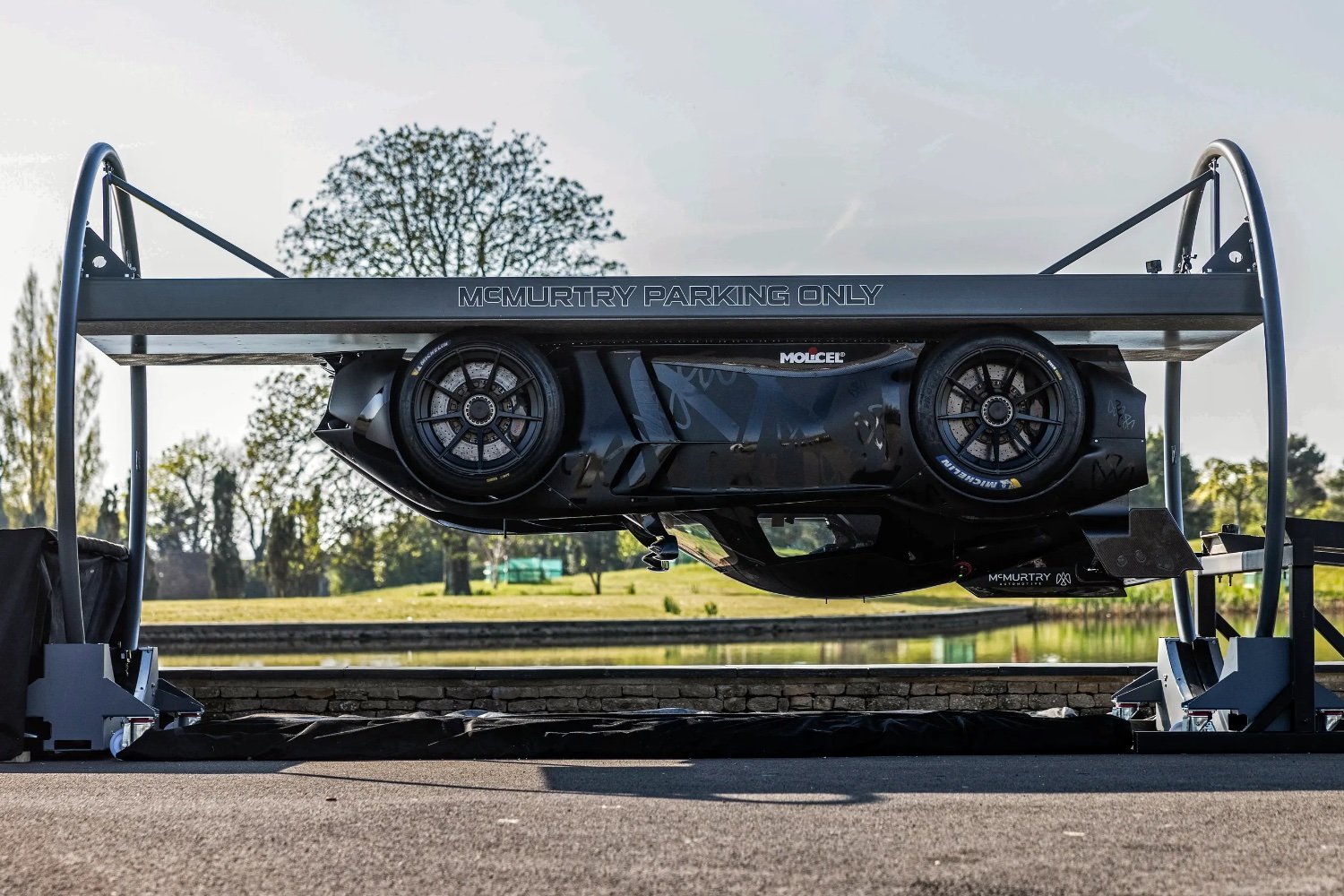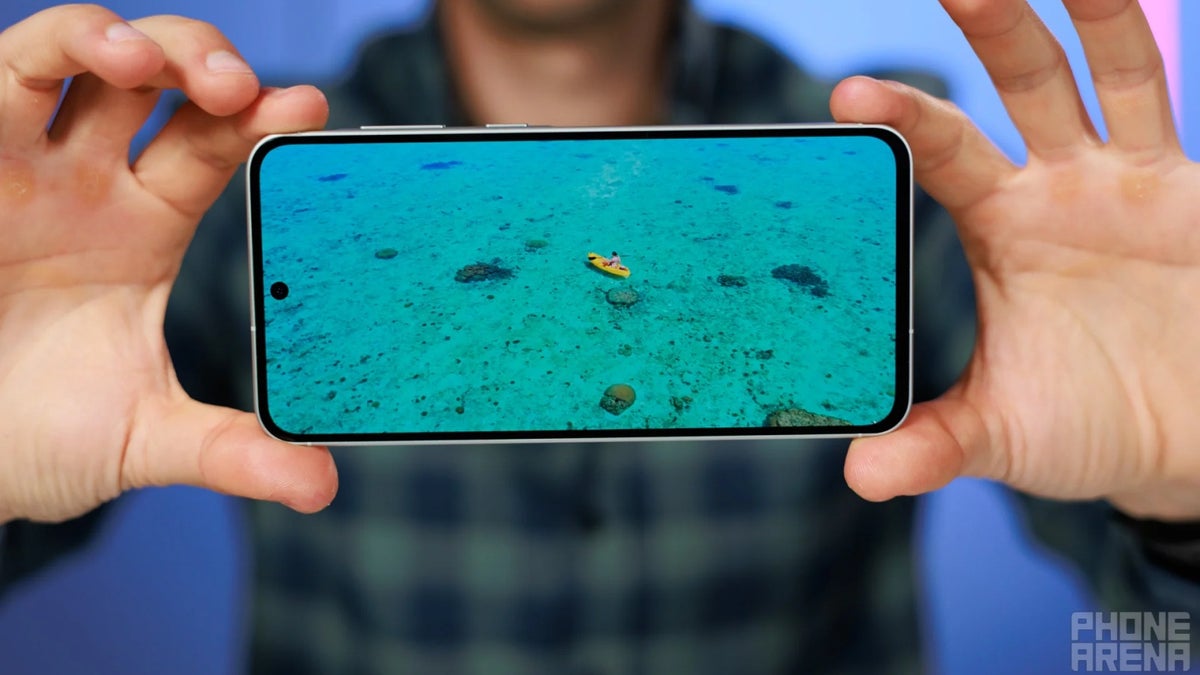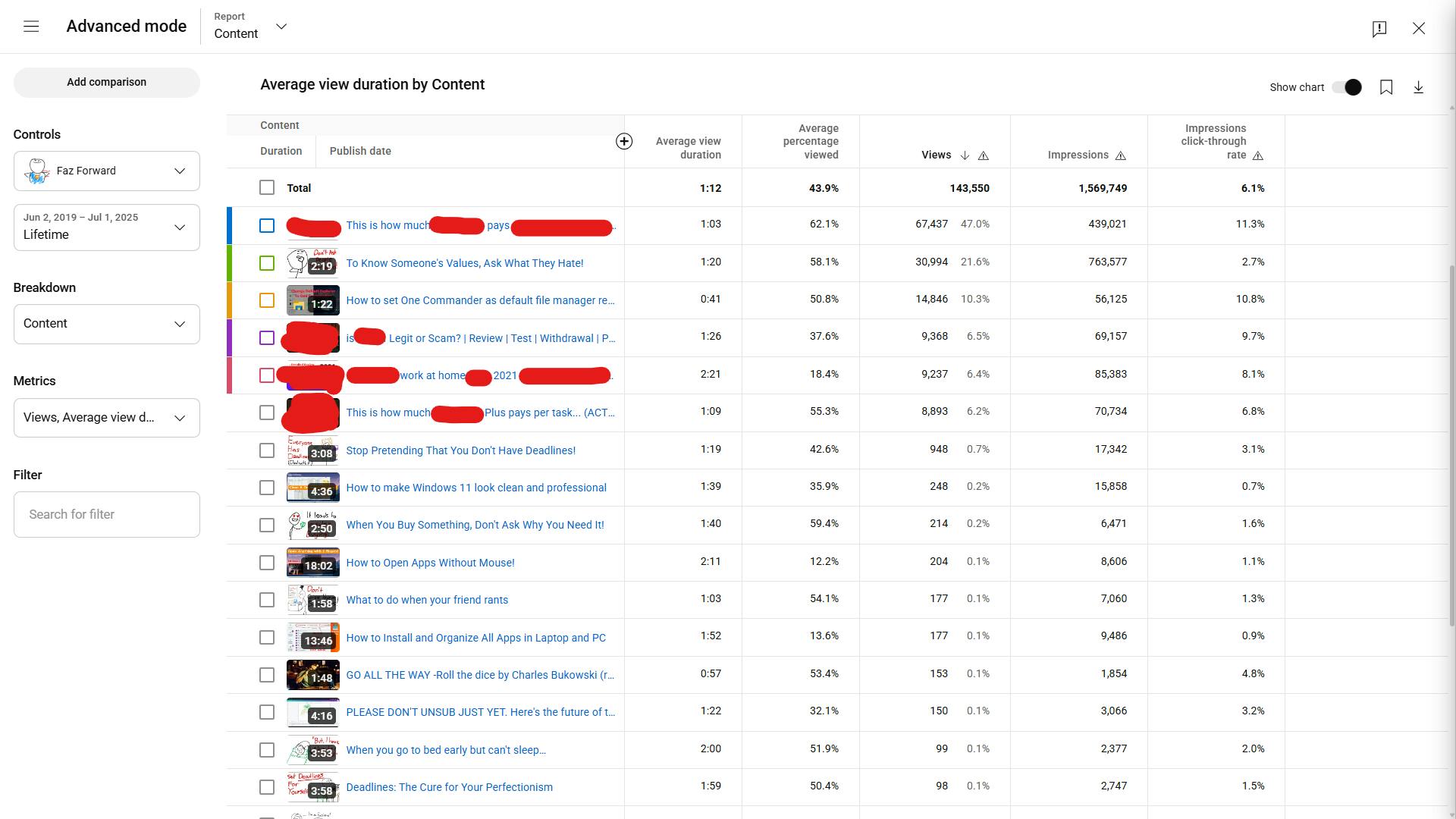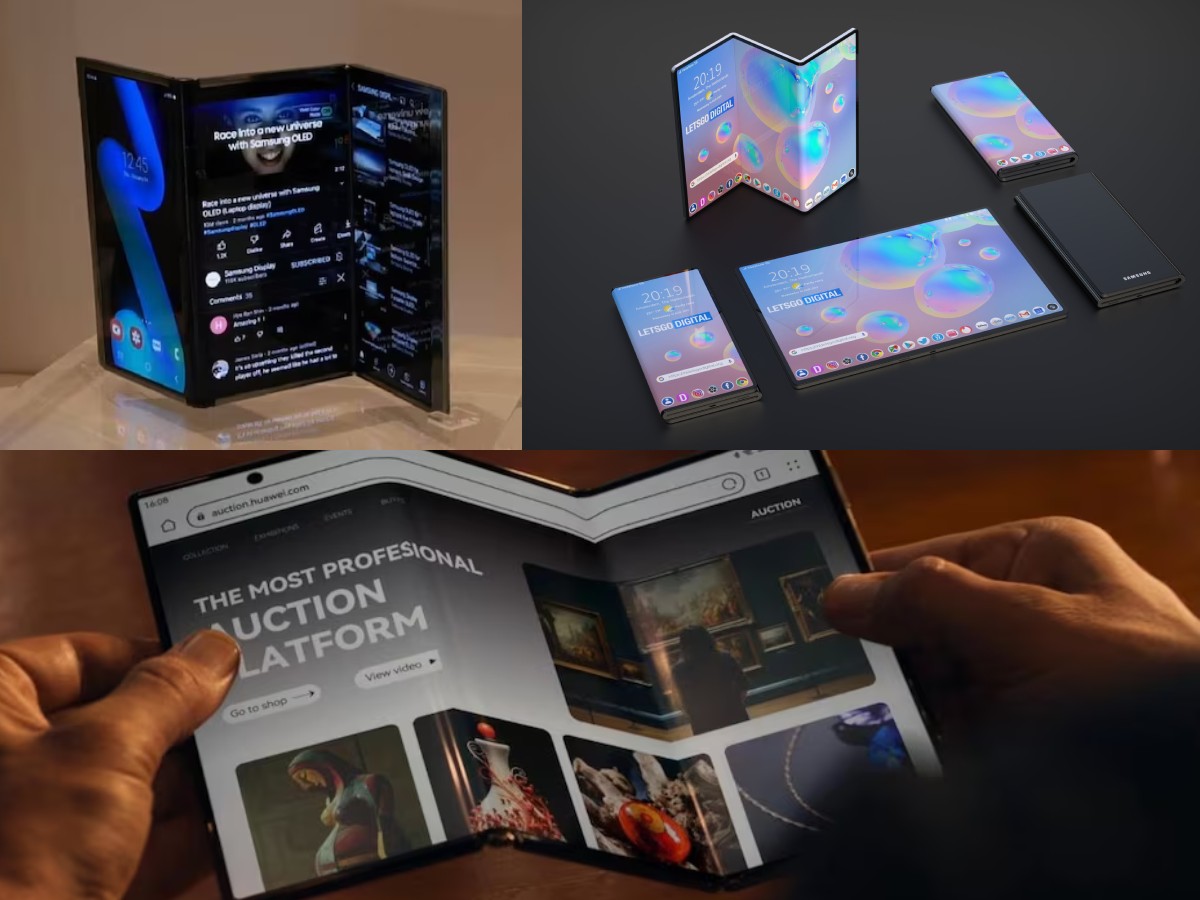“Personally, I am convinced that these black glass surfaces inside the cars will leave it behind, sooner or later.”
These words are from Matthias Junghanns, the biggest head of interior design of the BMW electric range, collected by CARSCOOP. We picked them up in 2022 because they seemed surprising. With the car market walking to “all screen”one of the most design responsible for the German brand unmarked the trend.
In addition, in that same talk was Conny Blommé, head of Interiors of Polestar, who subscribed the words of Junghanns and assured that “everything has its maximum point, and probably the screens too. Most of the time, you travel in a car and enjoy more of the view than of the screens.”
The statements were surprising because, especially in BMW, the commitment to bring functions to cars screens have been maximum in recent years. To the point that they are able to sell you a car with a screen for the rear seats that crosses the entire car from side to side.
But, in addition, BMW itself has encouraged that jump without parachute to giant screens. To the point that it has been selling us for some time that their future cars will have a gigantic Head-Up Display that can visualize all passengers with selected information at each point of it.
We have focused on BMW For the incoherent of the matter but, much less, they are the only ones who have entered the swampy world of screens. In Volkswagen they say they want to go back, after they have been criticized for using touch buttons in each of the corners of their cabin.
The renewed Tesla 3 is not only that it lacks buttons for the intermittent, it has also brought its transmission to the screen. And Euro NCAP ensures that it will punish cars that carry especially sensitive functions to it although, for the moment, the decision does not have much practical tour.
However, Mercedes has turned to his Hyperscreen and on the smart it is mandatory to pass the screen for something as simple as deploying or modifying the vision of the mirrors.
And it does not seem that the thing will change.
At least according to what was seen in the Shanghai Motor Show.
How far are we going to get?
“It’s not just about ‘how many’ screens are put but ‘what % occupy’ or how easy it is to capture your vision when you should not divert it from the road.”
With these words our partner Javier Lacort describes, present at the Shanghai Motor Show, which he seen there. And it is that the event has been an example of how manufacturers are in full search to attract passengers and capture their attention.
In China, this work has long been an essential part of manufacturers and The trend indicates that it will growespecially with the use of electric cars and greater autonomy of them. For example, if the car is stopped, you can act as a streaming or video game player but also if the car moves alone.
In fact, Audi already has a passenger screen that allows you to reproduce applications such as YouTube with the car running. It uses a selective off that prevents the driver from visualizing the screen if the car is moving but does keep the entire level of brightness for the passenger.

That work of capturing attention is essential and can become a recurrent income route for manufacturers. In fact, some analysts suggest that this is the reason why Byd will provide its most advanced autonomous car capabilities to their cheapest models. Unlike Tesla, who aspires to earn a lot of money with autonomous driving, they believe that a car that moves is only the perfect opportunity to generate income with streaming platforms.
“It is a trend in several Chinese brands, especially in ministering vans. Not only put a screen after the front headrest, but also put a much larger pantry in the center,” says our partner Javier Lacort that, in addition, points to us that Sony was presented with two concepts “one dedicated to the image and another to the audio” similar. “The idea is that those behind you are at home, with a giant screen, PlayStation …”.




This same concept, to convert the back of a van into a living room with a disproportionate screen is not new either. Lexus has already played with this idea for his luxury minivans, a segment that is up to China where passengers value an extremely luxurious experience in their rear seats.
We must think that cities in China are so large that most of the paths are made at low speed and are relatively long. Understand the rear seats or the cabin of the car as a hub technological It is not uncommon. Especially in a country with very specific peculiarities. For example, there are those who turn their cars into Karaoke. It is something we have seen in some Byd models but that has even led to Tesla to adapt the local market.
Already in the front seats, two trends. “Intel was clearly who made a more obvious bet. I counted 15 screens inside a car,” Lacort tells us. But it is not an isolated case. “Audi with his E5, his first Chinese car, opted for a screen that went side by side (including digital mirrors.”


Intel proposal for the interior of our cars


Intel proposal for the interior of our cars
They are two proposals for the future of our cars. Obviously, Intel seems to be especially interested in showing their progress in this type of event and making clear the automobile industry that can count on them to fill the interiors of our screens cars.
However, Audi’s proposal seems more elegant and, above all, realistic for the future. As the years have passed, more and more manufacturers are extending their screens from the instrument frame to the co -pilot. Either with continued surfaces or with a curved screen that occupies the entire width of the vehicle.


The screens that cross all the width of the car are trend
In this it also seems that China marks a trend. The country is thirsty for proposals that captivate the striking and large European manufacturers seem willing to follow the rhythm of Chinese companies.
Who knows if they are right and that, before a future where the capabilities of the autonomous car increase and the car has more freedom to act on their own, manufacturers bet on income recurring in business roads that we did not contemplate so far.
Photos | WorldOfSoftware
In WorldOfSoftware | The electric cars software was bland and boring. Rivian’s response: hold me the cubata












